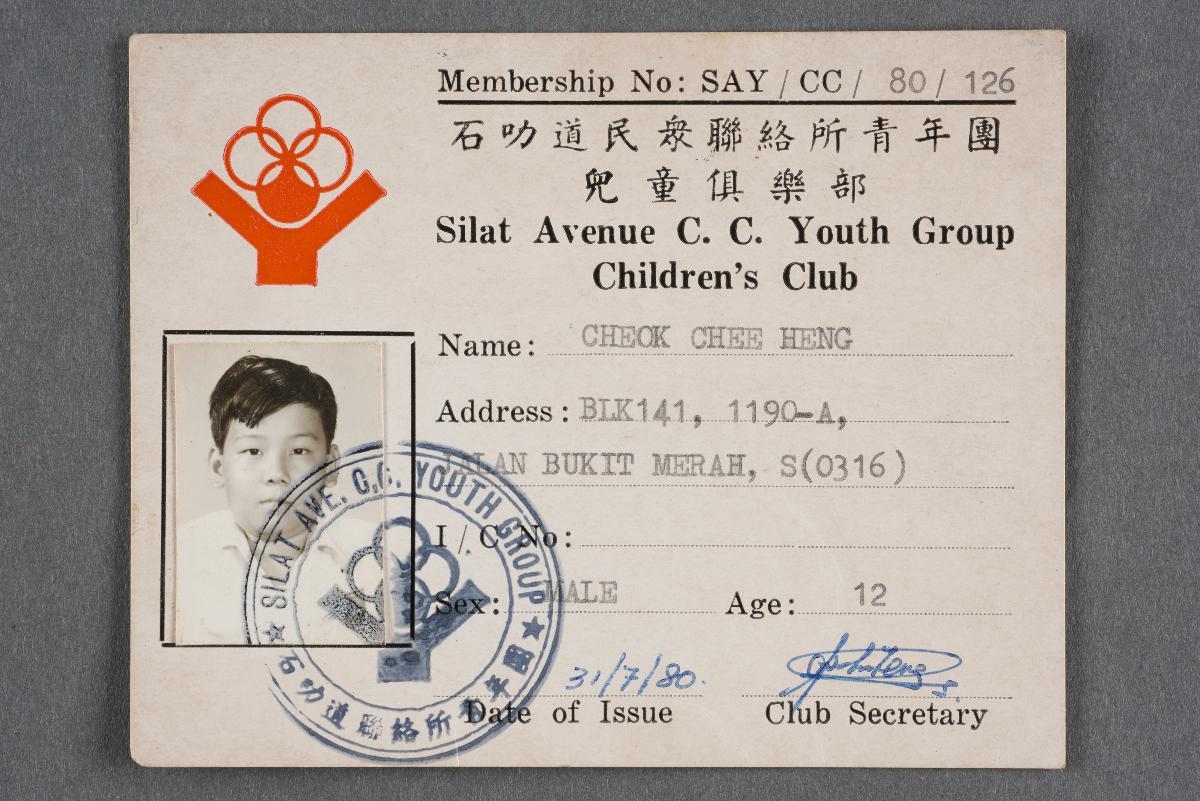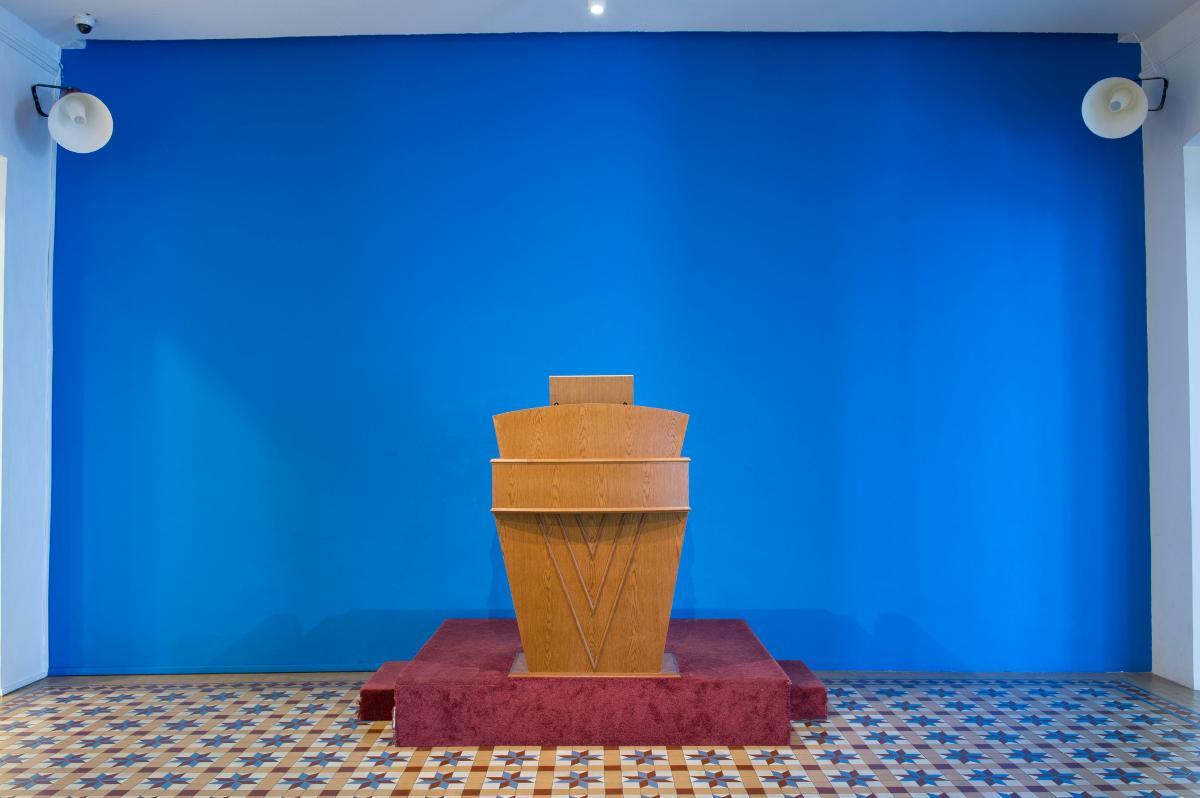This project began with the simple objective of recording the history, culture, and origins of Malay martial art groups in Singapore. It has done so successfully and uncovered information that could possibly lead to more nuanced insights into the origins and development of the Singapore Malay community and more.
The project has established that many of the early members of Malay martial arts groups migrated to Singapore during the 19th and early 20th century from various parts of Southeast Asia such as Sumatra, Java, Sulawesi, the Riau-Lingga islands and the Malay Peninsula.
The videos and accompanying writeups that you see on this page were part of what the research team collated as part of its research over a two-year period from 2018 to 2020.
Although the videos and writeups cannot realistically claim to capture all possible angles, we nevertheless hope that they will contribute in a small way towards the preservation of the history, culture, and origins of these silat groups.
Amanca Temasek (Singapore)
The Amanca Temasek silat school’s style originates from the Bugis of South Sulawesi in modern-day Indonesia. The style is called Unru Pitu in the Bugis language, or Sendeng Tujuh in Malay. It is said to have been passed down to Bugis royalty and especially their protectors for many generations. The school’s silat style is a very practical style that emphasises a quick takedown of the opponent. It has six essential striking moves and focuses greatly on training the student to survive an engagement no matter the odds. This silat style has special significance for the research project due to its sociocultural connections with Singapore.
Bandangan Asli & Seligi Tunggal (Singapore)
The Bandangan Asli silat style was taught in Singapore during the 1930s at areas like Bras Brasah, Tank Road and Fernhill Village. It is currently taught by the silat guru Mr Muhamad Irwan bin Muhamad Arsek to his students from the Bandangan Asli silat school. This video also shows Mr Hamzah Ifi, the direct descendent of Ifi Suhoor, introducing himself and the silat Seligi Tunggal moves.
As a child, Guru Irwan followed his father to various villages around Singapore to conduct silat training. Guru Irwan hopes to continue his father’s legacy in educating the young in silat and get them to better appreciate the beauty and uniqueness of this martial art technique. This silat style has special significance for the research project due to its sociocultural connections with Singapore.
Bandangan Jati (Singapore)
The Bandangan Jati silat school’s style is of Baweanese origin. It is underpinned by values like kejujuran (honesty) and amanah (trustworthiness), and the inner emphasis that a pendekar (warrior) should be a good role model for society. This silat style has special significance for the research project due to its sociocultural connections with Singapore
Benderang Persada (Singapore)
The Benderang Persada silat school style is characterised by a focus on adaptability, aesthetics and discipline. As part of the school’s training, its students learn strikes and ‘seni’, or the aesthetic forms. The school also focuses on Olah Raga (sports silat) and MMA (Mixed Martial Arts) and teaches its students how to adapt to any situation they might face. Students are taught how to be disciplined and respectful, as these are key foundations for future success. This silat style has special significance for the research project due to its sociocultural connections with Singapore.
Chakra Lima (Singapore)
The Chakra Lima silat school’s style is characterised by swift and abrupt movements. It has been passed down for many generations in Surabaya, Indonesia and is said to have been founded in the 14th century by Senopati Ario Bijjanan (1389-1487), who developed it to protect the rulers of the kingdom of Madura. This silat style has special significance for the research project due to its sociocultural connections with Singapore.
Persatuan Seni Silat Setia Hati (ESHA) Singapura (Singapore)
The Persatuan Seni Silat Setia Hati (ESHA) Singapura silat school’s style is characterised by physical moves and athletic, fast and strong strike movements. This is due to the impact of Javanese silat influence on the school’s silat style, which emphasises animal styles, such as the monkey, which is athletic and fast and the tiger, which has strong strike moves. This silat style has special significance for the research project due to its sociocultural connections with Singapore.
Silat Seni Gayong PASAK Singapura (Singapore)
The Silat Seni Gayong PASAK silat school style is characterised by a focus on rigorous combat moves, aesthetics and discipline. The school incorporates various unarmed and armed combat moves as part of its syllabus. The school’s silat style places emphasis on discipline, traditions and culture as the key foundation upon which the young can develop their personal capabilities and skills. This silat style has special significance for the research project due to its sociocultural connections with Singapore.
Note: Guru Rahim bin Kaslan passed away in May 2020 but we were fortunate to have made this recording in July 2019.
Perguruan Silat Seni Gayong Singapura (Singapore)
The Perguruan Silat Seni Gayong Singapura silat school was established in 2009. It aims to teach the young discipline and good moral values through silat training. The school’s training places emphasis on getting the basics right for a strong silat practitioner, just like how a strong moral foundation is necessary to accomplish good things in life. This silat style has special significance for the research project due to its sociocultural connections with Singapore.
Gerak Silat Olah Raga (GRASIO)
The Gerak Silat Olah Raga (GRASIO) silat style is a rigorous silat style that requires disciples to graduate through 25 levels of training and master 25 different silat styles. The school’s syllabus is a diverse and organized one which contains both artistic (seni) and sports silat (olah raga) elements. The school also teaches its students to be respectful, humble, truthful, and responsible at all times, and to pass on these values to others around them in a virtuous cycle for society’s benefit. This silat style has special significance for the research project due to its sociocultural connections with Singapore.
Perguruan Silek Harimau Minangkabau (Singapore)
The Perguruan Silek Harimau Minangkabau silat school’s style is inspired by the movement and characteristics of the tiger. It originates from West Sumatra and is characterised by a very low fighting technique, where the fighter keeps close to the ground. The school’s silat style is known for its "kuncian" (lock) and "tangkapan" (capture) moves. An opponent is immobilised after being struck and locking moves are done on the hands, feet, and neck to bring him or her to the ground. The pain caused by the locks is effective in neutralising an opponent’s will to fight. This silat style has special significance for the research project due to its sociocultural connections with Singapore.
Kembang Wali (Singapore)
The Kembang Wali silat school’s style is of Central Javanese origin. The school’s name is made up of two words; “Kembang” is the Javanese word for bunga or flower, while “Wali” indicates that the silat style is derived from Sunan Kalijaga, one of the nine famous saints or wali of Indonesia. The school combines three distinctive silat styles from Central Java: the tiger (harimau, or macan in Javanese), the snake (ular) and “Semar” (a guardian spirit of Java). This silat style has special significance for the research project due to its sociocultural connections with Singapore.
Kuntau Asli (Singapore)
The Kuntau Asli silat style is influenced by Northeast Asian martial art styles. It is characterised by an emphasis on aggressiveness and swift movements to bring down an opponent.
Macan Pasrah (Singapore)
The Macan Pasrah silat style is influenced by the movements of the tiger. It is characterised by significant movements from each of the 12 Sunda silat styles based on actual fighting experiences with silat masters from the Sunda region of Indonesia. The school places a focus on kindness and humility in its teachings in hopes of producing high-calibre students and teachers for the school. This silat style has special significance for the research project due to its sociocultural connections with Singapore.
Pekiti-Kali Tirsa (Singapore)
The Pekiti-Kali Tirsa school was established in the early 2010s and places emphasis on the mastery of triangular footwork in order to be a successful martial arts practitioner. The martial art practiced by the teachers and students is of Filipino origin but it has very close cultural and historical proximities to many Malay-Indonesian martial art systems.
Pencak Bawean Dheun (Singapore)
The Pencak Bawean Dheun silat school’s style is characterised by the use of deceptive moves to confuse an opponent. The school places emphasis on following old traditions, especially the adab and adat (traditional mannerisms and etiquette) of learning the art of the Bawean sword. This silat style has special significance for the research project due to its sociocultural connections with Singapore.









.ashx)







